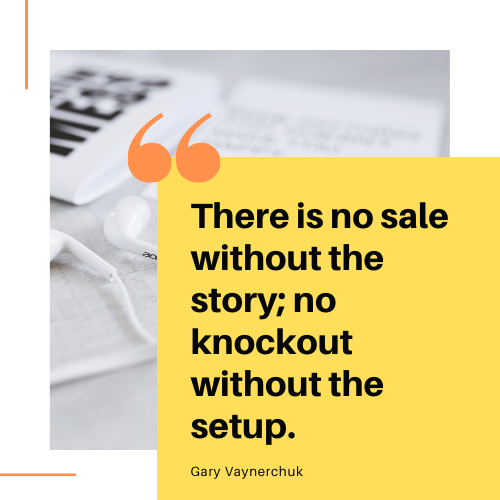
How not selling helps your social selling
If you’re a sales person at heart the urge to sell, sell, sell can be quite compelling, especially if you have targets to meet and commission to make. Social media is an incredibly powerful tool for selling, but it can also lead to arguments in-house about the best way to do that. So, here are some rules to remember when it comes to social selling. You never know, they may help you win the next argument with your Head of Sales!
Rule 1: Don’t forget the social
Social platforms have evolved to make selling easier. Instagram has brought in Shoppable posts for example and has recently been rolling out to features to expand Instagram shopping to more businesses. In fact, if you have physical products to sell, social media is a great way to showcase them.
However, social media is meant to be social. It’s a place to have conversations, build relationships and comment on issues and events. It is not a blank wall ready and willing for you to plaster with posters about your products with a hard sales message. In fact, using social media in that way is a sure fire way to turn people away from your brand. That’s why the first rule of social media is not to sell all the time.
Rule 2: Know your audience
Keeping rule one in mind, you need to know your audience to be able to build a relationship with them. So spend time focusing on what makes them tick. What are they interested in? What do they engage with? What issues really matter to them? It’s by really understanding them that you can craft content that appeals to them. This will help you build a sense of community where you are providing content that is valuable to them (as well as great products) and they are giving you their trust, loyalty and money in return. Audience personas are a great way for you to understand more about your audiences and build your content plans around them.
Rule 3: Warm up your audience
Anyone working with social media (or who has an opinion on how to use it) should read; Jab, Jab, Jab, Right Hook’ by Gary Vaynerchuck. Gary explains in his straightforward, no nonsense style why social selling is about how you warm up your customers first. If you are having two-way conversations with your audiences and building relationships with them, you have more chance of selling to them.

Let’s say your business provides health supplements. Your sales manager wants to sell those supplements all over social media. However, the content they’ve seen on the company Facebook page that morning is a nice recipe for pumpkin soup. They’re not happy. But actually what you’re doing is providing valuable content that fits the season (it’s October). A follower of your page may go home and make that soup. Then when their friends comment how nice it is, they’ll say; ‘Oh I got that from Company X’s Facebook page’. There is nothing like word of mouth to promote a good business.
The social media team may not be able to initially link that content to a sale, but that doesn’t mean it isn’t valuable. If it brings people back for more that’s warming them up for a sale.
Rule 4: Re-target your warmed-up audience
In the sales world this is what they call ‘a warm lead’. Believe me, I know there is a lot of difference between a cold and a warm lead, thanks to the three years of telemarketing I did around my journalism degree.
Let’s say the customer who made your pumpkin soup comes back for more recipes. They may not make a purchase straight away, but you are reinforcing that you care about their health and nutrition. And they know that your social media is a place they can go for valuable content that is useful to them.
Every time they like or share your content, you know that they are engaged with your brand.
Now, you can target them with more product-focused content and even paid ads. They are more likely to read your content because it is coming from a brand they know and trust. You can be more overt with your sales message here. It doesn’t guarantee they’ll go on to make a purchase, but they are more likely to if you get your tone, message and content right.
Now, your sales team may think it’s the sales message that has led to the sale. However, it’s also the content that has gone before that is so important.
Rule 5: Stick to your strategy
There is one way to avoid all the internal bun-fights when it comes to social. Set a clear strategy, communicate it and stick to it.
Be clear of your customer personas and where they are in the ‘sales funnel’. Then you can create buckets of content that move people through the awareness, trust and action stages. Also, set how much budget is available for paid ads and how you are going to use re-targeting and monitor their effectiveness.






